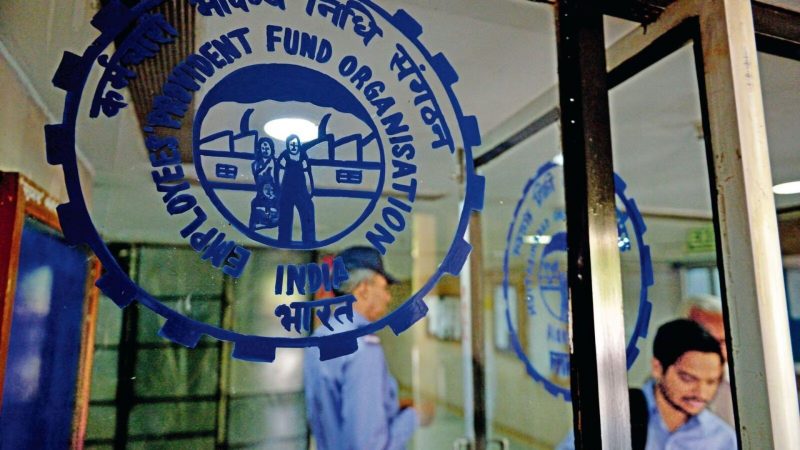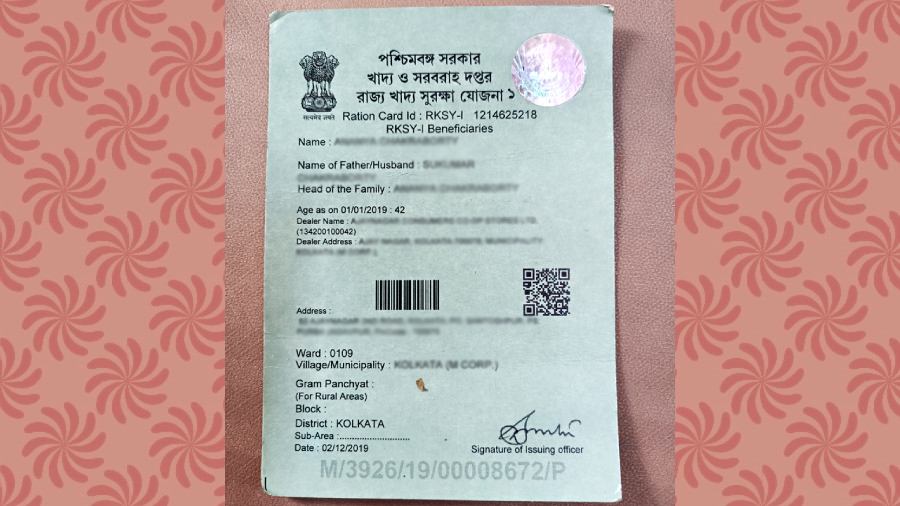
EPFO Higher Pension or Bigger Retirement Fund, What to Choose
Private sector employees have to choose between regular or EPFO Higher Pension benefits under the Employees’ Pension Scheme or EPS which is managed and regulated by the Employees Provident Fund Organisation or EPFO. Subscribers have complete freedom to choose the higher pension benefits under EPS. However, it is to be noted that choosing it would mean lower EPF contributions resulting in a smaller EPF corpus at the time of retirement.

Confusion Between Choosing EPFO Higher Pension or Large Retirement Fund
Taxpayers are granted a sufficient window to choose between EPFO’s higher pension benefits or going with the regular one. However, only those who meet the minimum eligibility limit set by the Government can apply for this benefit.
“One of the first implications for higher EPS is that such employees will automatically have lower EPF contributions. This may result in a smaller EPF corpus at withdrawal upon retirement,” said Archit Gupta, Ceo of Clear.
“The transfer to EPS could be significant when done with retrospective effect, where EPF balance will be moved to EPS,” he added.
“The other point to consider is whether these taxpayers have a plan for utilising their EPF balance on retirement, some intend to buy a home or start a business or any such investment. In such a case, they may want to wait and not do anything and use up the EPF corpus when they retire,” he explained.
Who Should Apply for EPFO Higher Pension Benefit?
“In case taxpayers are looking at a higher monthly pension income (which is fully taxable, while EPF withdrawal is fully tax-free), they may opt for EPS. This is when they don’t need a large corpus on retirement and would prefer a monthly payout assuming they have many years of retirement ahead of them. One can get a pension as long as they live, and spouses and children may also receive some part of the pension as per the eligibility,” as per Archit Gupta.



